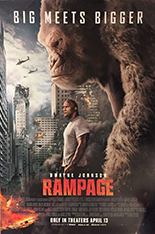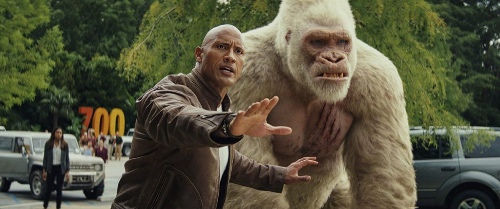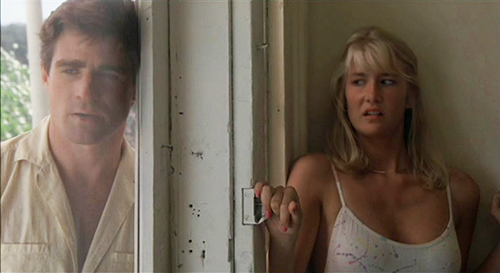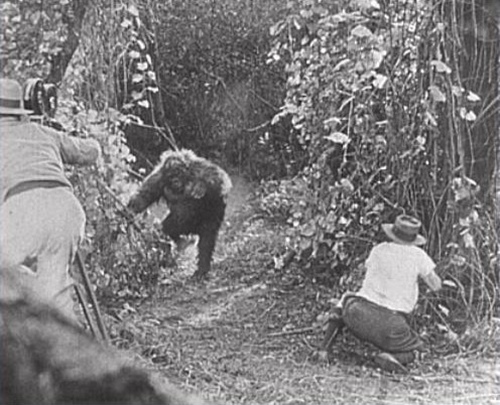
 For moviegoers who have longed to see Dwayne Johnson literally arguing with an albino gorilla via sign language, including one flip o’ the bird, Rampage answers your prayers. It also reunites Johnson with his San Andreas and Journey 2 director, Brad Peyton, officially making it a hat trick. Maybe you were praying for that, too?
For moviegoers who have longed to see Dwayne Johnson literally arguing with an albino gorilla via sign language, including one flip o’ the bird, Rampage answers your prayers. It also reunites Johnson with his San Andreas and Journey 2 director, Brad Peyton, officially making it a hat trick. Maybe you were praying for that, too?
Based on the semi-classic arcade game of giant monsters destroying buildings, Rampage indirectly acquires its big bads from the heavens when an Energyne corporation space station explodes, raining a trio of canisters across America. Since the jars contain a genetically edited pathogen that causes rapid growth and mutation, each is consumed by and/or exposed to a different animal — conveniently, those of the game: a wolf, a crocodile and that aforementioned ape.
The latter lives at the San Diego Wildlife Sanctuary, where Davis Oyoke (Johnson) works as some kind of souped-up zookeeper. Because he has huge muscles that might also be the product of rapid growth and mutation, Oyoke is a shoo-in at saving the world — or at least the Windy City — when all three creatures converge on Chicago’s Energyne HQ, lured there by radio signals sent by the tech firm’s greedy CEO (Malin Akerman, 2009’s Watchmen) and her ineffectual brother (Obvious Child’s Jake Lacy, either overplaying dopiness or being the only one cognizant of the source material’s campiness).
Oyoke is assisted by Energyne’s former engineer/current whistleblower (Naomie Harris, Spectre), who explains just enough science behind her CRISPR research to make the exceedingly stupid premise plausible. What I didn’t know until after the film: “CRISPR” is actual DNA terminology and not some off-brand air fryer.
Porting his Jumanji-sm appeal straight to another family-friendly piece of IP, Johnson does what he does well, which is rely on his massive charm, even if he recognizes it only goes so far: to when the soullessness of CGI takes hold to render a triple-bout monster mash in that last third. Johnson can stare wide-eyed all he wants, but it doesn’t make the sequence fun. (A one-line exception: “Of course the wolf flies.”) An empty-calorie blockbuster that should play better, Rampage gives you no quarter. —Rod Lott













